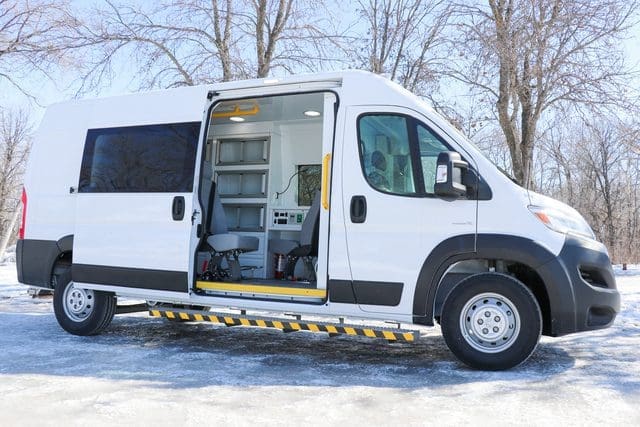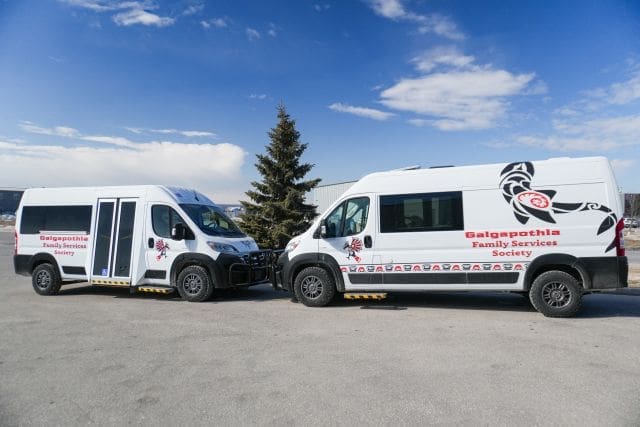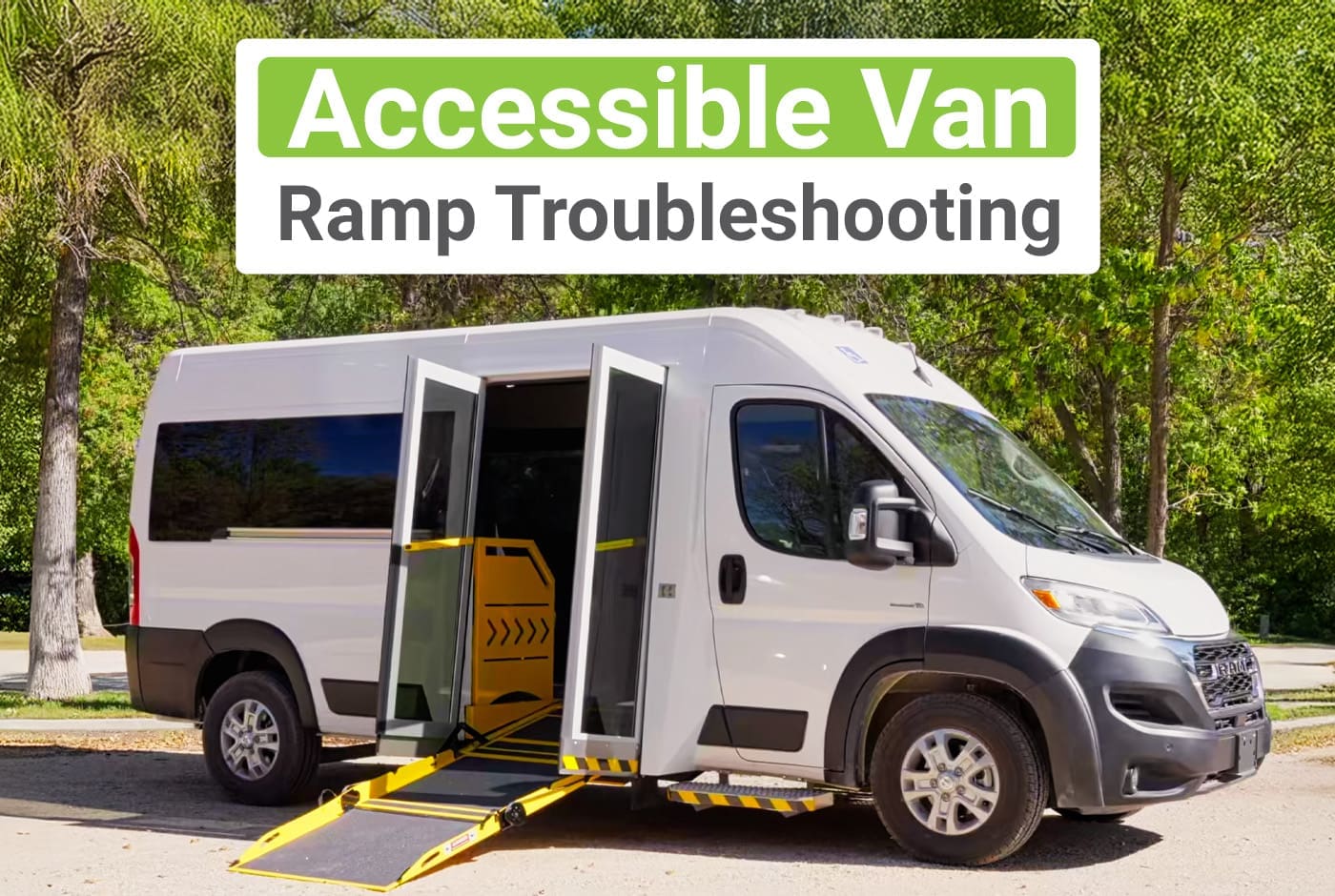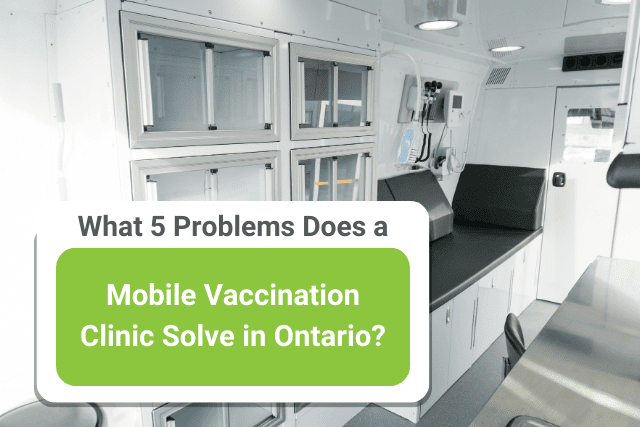You’ve come to this article looking for information on non-emergency transportation (NEMT). What is it, who uses it, and what does the future of NEMT look like?
Au MoveMobility, we manufacture hundreds of vans for NEMT each year. We deliver these to communities across Canada, so we understand the things you want to ask when learning about non-emergency transportation.
In this article, we’ll discuss what NEMT is, who uses it, and what vehicles NEMT providers use.
What does NEMT stand for?
NEMT stands for Non-Emergency Transportation. It refers to transportation services that help transport patients who have a medical condition or are physically disabled and need assistance or specialized transportation to get to and from medical appointments, such as doctor’s appointments, dialysis treatment, or chemotherapy sessions, among others.
NEMT services are often arranged and paid for by government agencies, health insurance plans, or healthcare providers.
What is non-emergency transportation?
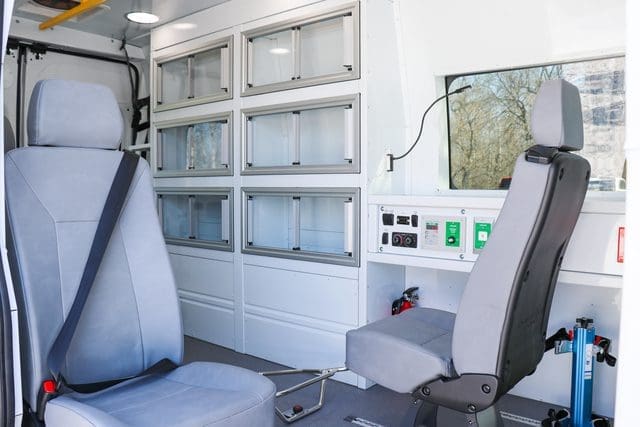
NEMT is a type of transportation service for people who need assistance or specialized transportation to get to their non-emergency medical appointments, such as doctor’s appointments, outpatient surgery, dialysis treatment, or physical therapy sessions, among others.
Unlike emergency medical transportation, which is typically used in life-threatening situations, NEMT is for scheduled medical appointments that do not need immediate medical attention.
Various transportation providers offer NEMT services, including private companies, public transit agencies, or volunteer organizations. This may involve different modes of transportation, such as fourgonnettes accessibles aux fauteuils roulants, stretcher transportation, or taxis. The goal of non-emergency transportation is to ensure that patients have access to the medical care they need, regardless of their transportation needs or mobility challenges.
Who uses non-emergency transportation?
Non-emergency transportation (NEMT) is designed for a wide variety of needs. Typically, four groups of people use NEMT transportation.
Individuals with disabilities
People with disabilities may need specialized transportation that accommodates their mobility needs, such as véhicules accessibles aux fauteuils roulants or stretcher transportation.
People without access to a car
Some people may not have access to a car or may be unable to drive, making it difficult to get to their medical appointments.
Elderly individuals
Older adults may need assistance with transportation due to mobility or cognitive challenges, especially when traveling to medical appointments.
Cancer patients
Cancer patients may need frequent medical appointments for chemotherapy or radiation therapy, and NEMT services can help ensure they can get to their appointments safely and comfortably.
What vehicles are used for non-emergency transportation?
Non-emergency transportation providers typically use a variety of vehicles to transport patients, depending on their specific needs and the level of medical care needed during transportation. Some of the common vehicles used for NEMT services include:
Fourgonnettes accessibles aux fauteuils roulants
These vans are equipped with a ramp or lift that allows patients who use wheelchairs or other mobility aids to enter and exit the vehicle safely.
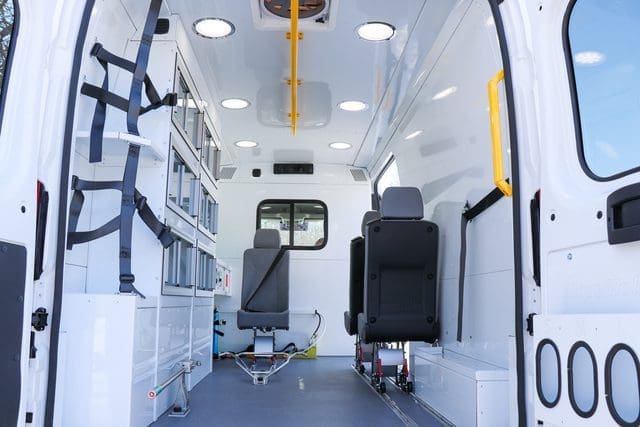
Stretcher or gurney transportation
These vehicles are used to transport patients who are bedridden or need medical attention during transportation. They are equipped with a stretcher or gurney that can be securely fastened to the vehicle.
Ambulettes
Ambulettes are similar to wheelchair accessible vans but have additional medical equipment, such as oxygen tanks and medical monitors. Specialized medical equipment helps to accommodate patients who need medical attention during transportation.
Taxis
Some NEMT providers use regular taxis to transport patients who are able to sit upright and do not require additional medical attention during transportation.
Buses or vans for non-emergency transportation
Public transit agencies or volunteer organizations may use buses or vans to provide NEMT services to patients who require transportation but do not need specialized medical attention during transportation.
The type of vehicle used for NEMT services depends on the specific needs of the patient, the level of medical care required during transportation, and the resources available to the transportation provider.
What is the future of non-emergency transportation?
It is likely that non-emergency transportation will continue to gain popularity over the next 5 years. There are several reasons for this.
Aging population
As the population ages, the demand for medical services is likely to increase. This includes the need for transportation to and from medical appointments.
Increasing healthcare costs
Healthcare costs are rising, and many patients are looking for ways to reduce their out-of-pocket expenses. Using NEMT services may be a more affordable alternative to using private transportation or ambulance services.
Advances in technology
Advances in technology are making it easier to schedule and manage non-emergency services, which may make it more convenient for patients to book them.
Focus on patient-centered care
Healthcare providers and payers are increasingly focused on patient-centered care. This includes ensuring that patients have access to transportation to their medical appointments.
COVID-19 pandemic
The COVID-19 pandemic has highlighted the importance of providing safe and reliable transportation to medical appointments, especially for vulnerable populations.
Your next steps to learning about non-emergency transportation
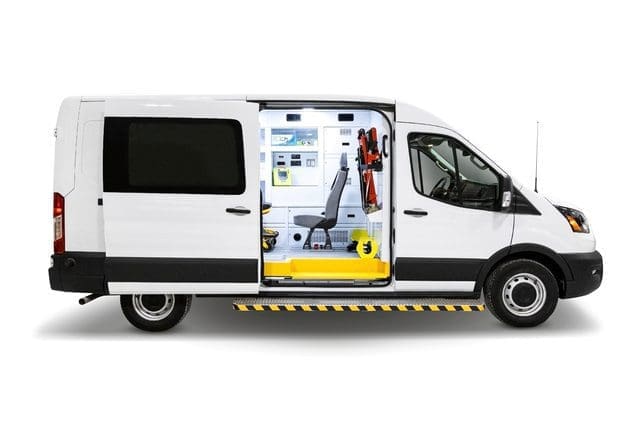
Overall, it is likely that the demand for NEMT services will continue to grow as healthcare continues to evolve, and patients seek more convenient, affordable, and patient-centered solutions to their healthcare needs.
You came to this article wondering what non-emergency transportation is, who uses it, and what vehicles are used.
Have questions about non-emergency transportation vehicles? Talk to a mobility expert today.
Vous pouvez également consulter ces ressources connexes :
Combien coûte un fourgon pour fauteuils roulants ?
Combien coûte la possession d'un fourgon pour fauteuils roulants pendant un an ?


